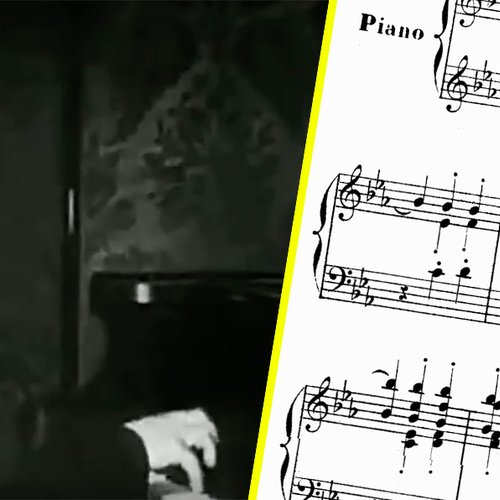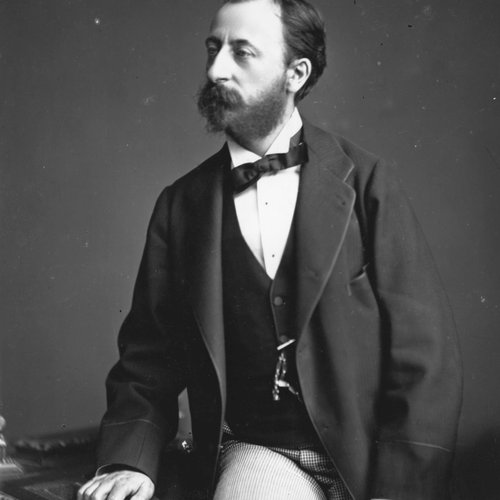Saint-Saëns - Carnival of the Animals
As far as Saint-Saëns is concerned, the two big works of 1886 were the Organ Symphony and the Carnival of the Animals.
It's one of his most popular works, but Saint-Saëns premiered his ‘grand zoological fantasy’ privately. It was written as a bit of fun for friends, and Saint-Saëns even requested that it was never published or performed throughout his lifetime as he thought the work detracted from his 'serious' image! Only 'The Swan' was published in his lifetime, but the 14 movement piece has now become a cornerstone of classical music.
Each of the music's 14 movements represents a different animal, including a lion, donkey, and elephant, as well as fossils, an aquarium, an aviary and - Saint-Saëns' little joke - pianists, possibly the most dangerous animal of them all...
The music is beautiful, funny, and clever all at once. The Swan, one of the most iconic movements, is scored for two pianos and a cello solo, with the calming cello tune representing the bird's effortless gliding, and the rolling piano chords paint a musical picture of the swan's hidden feet, paddling furiously under the water.











